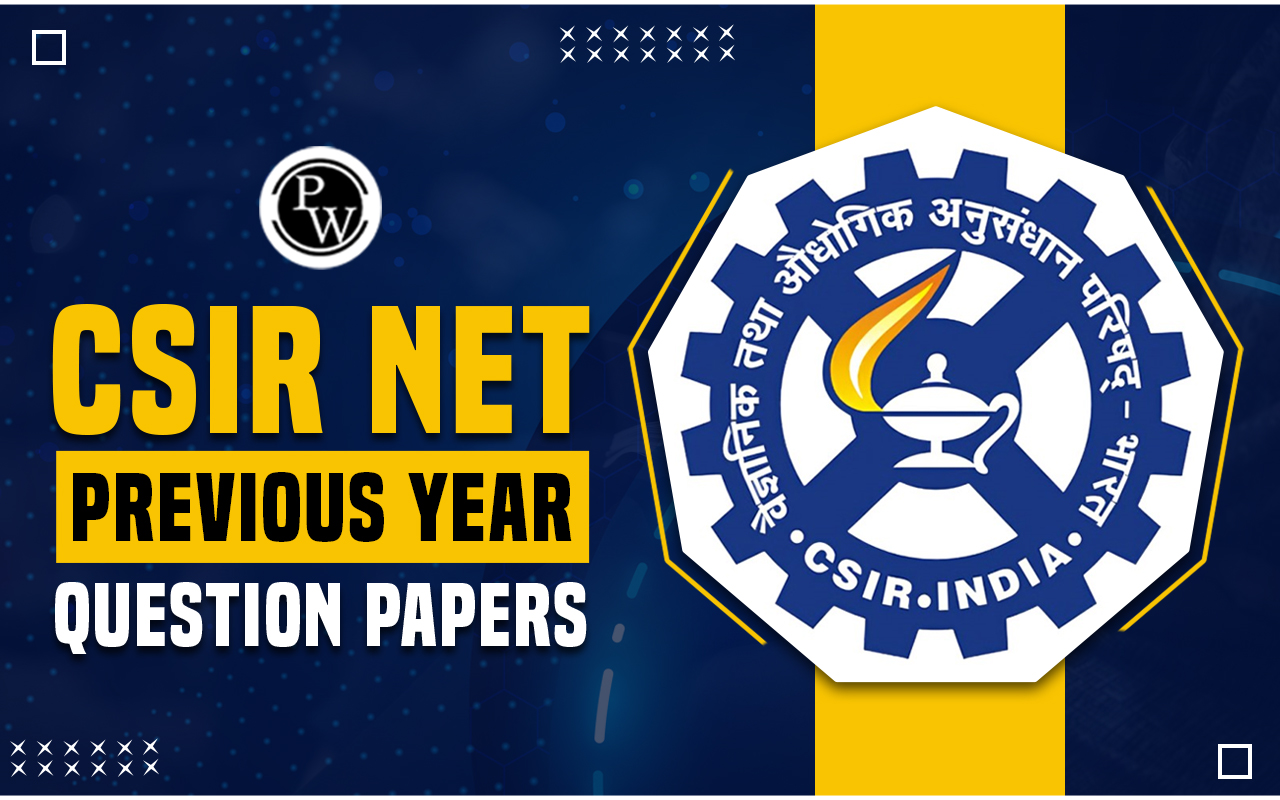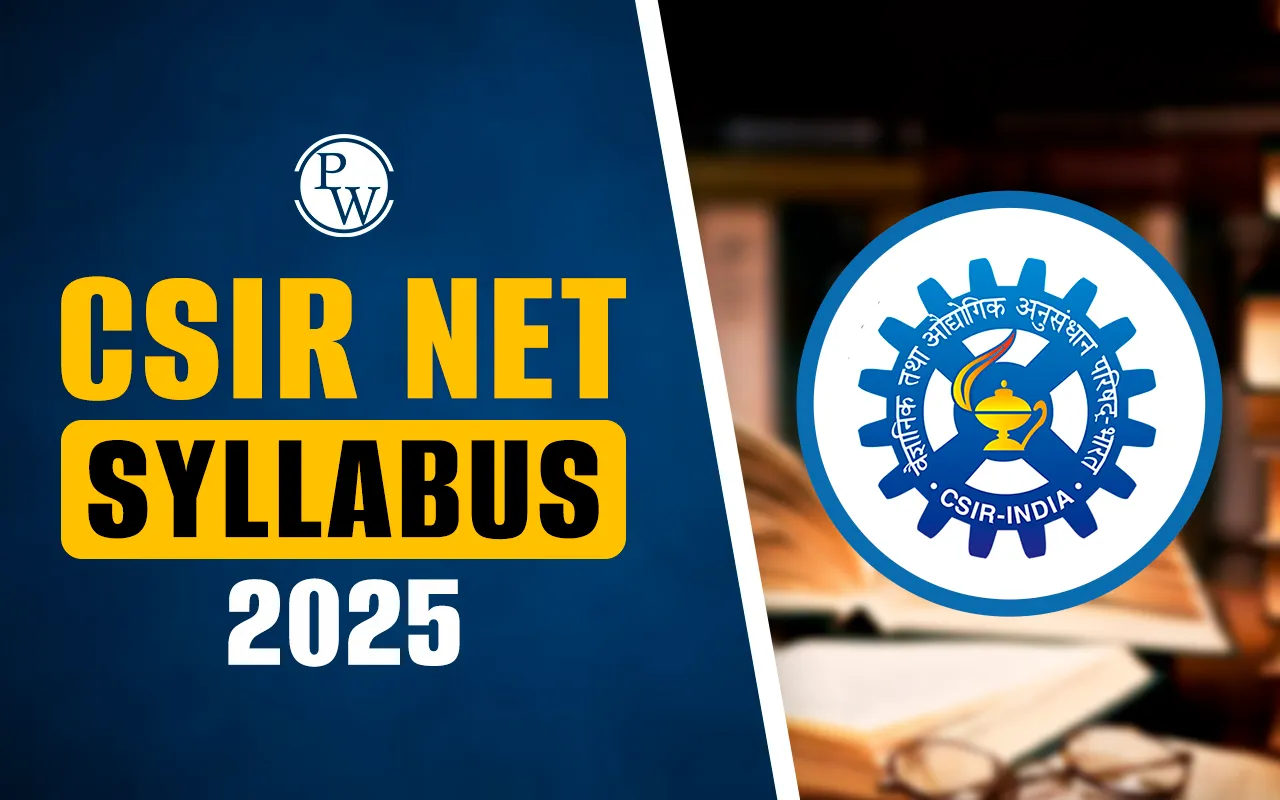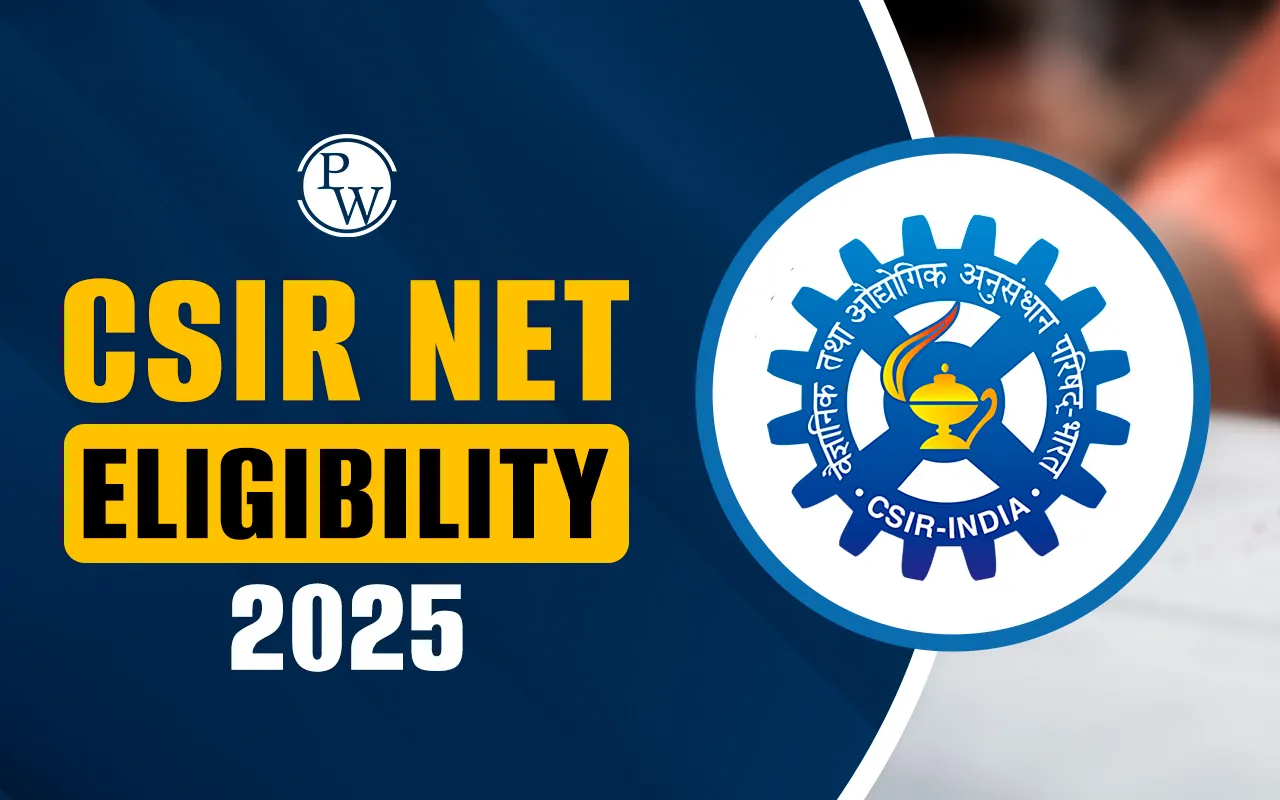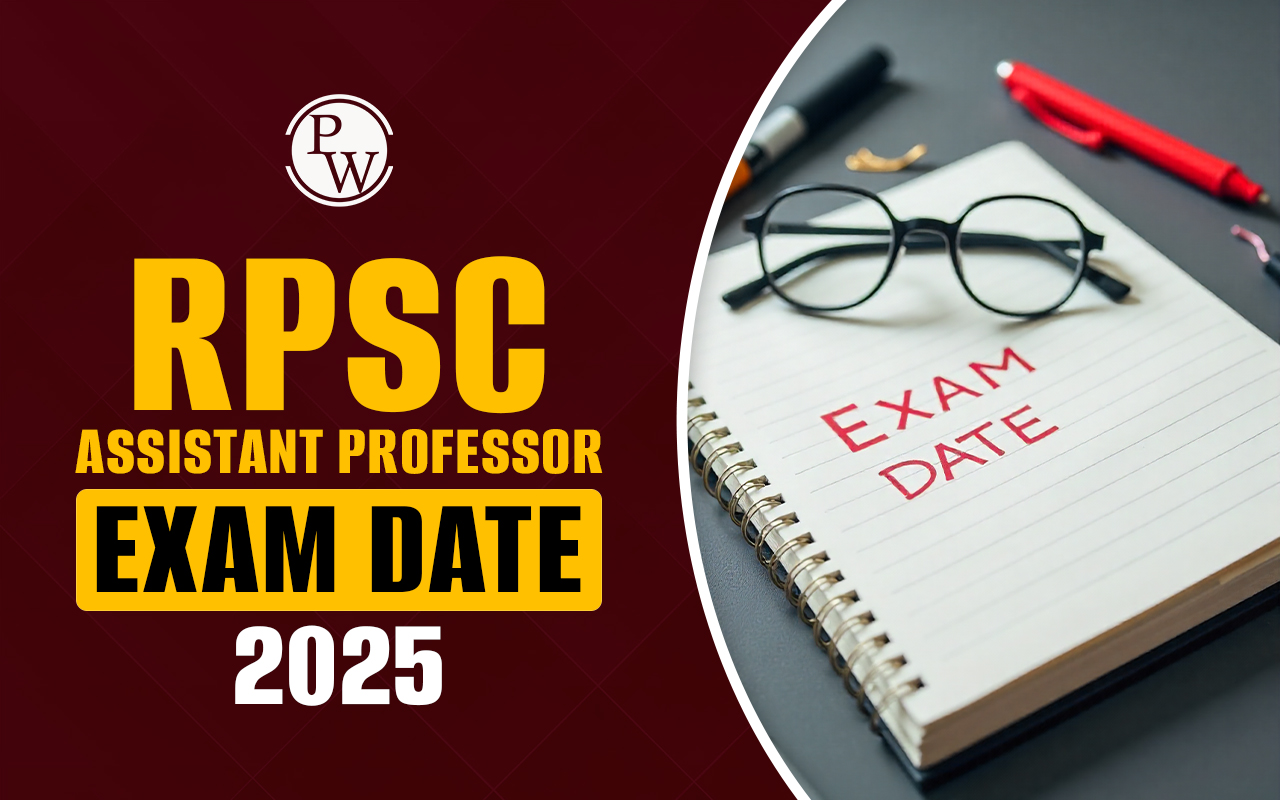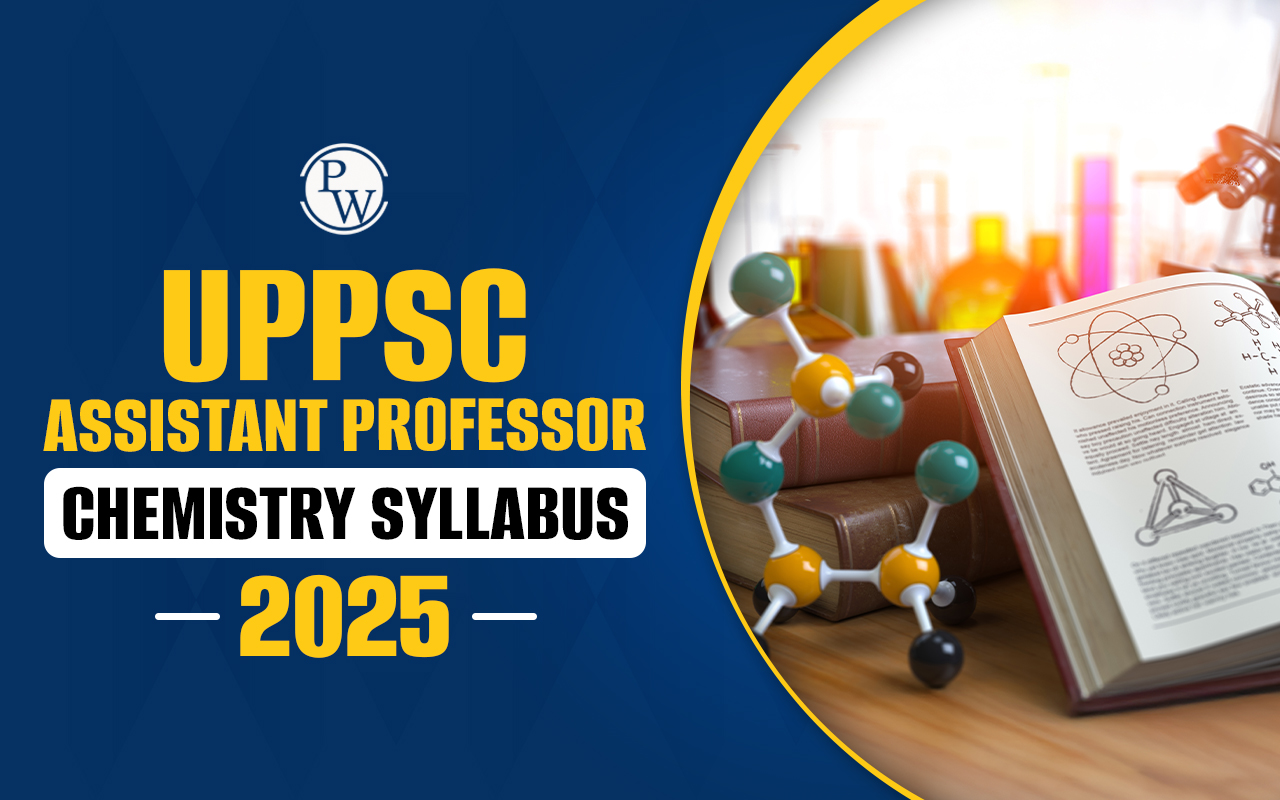

UPPSC Assistant Professor Mathematics Syllabus 2025 is designed to rigorously test a candidate's knowledge and understanding of fundamental and advanced mathematical concepts. The focus areas of the syllabus include Linear Algebra, Topology, Numerical Analysis, and Mechanics. A proper understanding of this syllabus is necessary for aspirants preparing for the UPPSC Assistant Professor Recruitment 2025.
Apart from the core Mathematics subject, candidates are also required to prepare for a General Studies paper, which is a mandatory component of the written examination. A better familiarity with the complete syllabus and exam pattern helps candidates create a proper strategic study plan. It ensures a proper coverage of significant topics to be successful in this competitive exam.
UPPSC Assistant Professor Mathematics Syllabus PDF
To prepare efficiently, candidates are advised to download the official UPPSC Assistant Professor Mathematics Syllabus PDF. A complete review of the syllabus provides a clear idea about the scope of the topics. Planning a study schedule made accordingly provides a competitive edge. Having the syllabus in your hand allows candidates to create an effective study plan. Candidates need to cover all essential topics, and focus on priority areas. For convenience, candidates can also download the syllabus using the direct link provided below:
Download UPPSC Assistant Professor Mathematics Syllabus PDF
UPPSC Assistant Professor Mathematics Syllabus 2025 Overview
UPPSC Assistant Professor Notification 2025 has been released for aspirants looking to secure a teaching position in Uttar Pradesh's government degree colleges. For proper understanding of the examination, syllabus information with some important topic details is provided here. Candidates can get a quick overview from the information provided below:
|
UPPSC Assistant Professor Mathematics Syllabus 2025 Overview |
|
|
Particulars |
Details |
|
Post Name |
Assistant Professor (Mathematics) |
|
Recruiting Body |
Uttar Pradesh Public Service Commission (UPPSC) |
|
Exam Stages |
Preliminary Written Test, Main Written Test, and Interview |
|
Preliminary Exam Marks |
150 Marks |
|
Paper I (General Studies) |
30 Questions Covers General Science, Current Events, History, Geography, Polity, Economy, and Mental Ability. |
|
Paper II (Mathematics) |
70 Questions Covers PG-level Mathematics topics like Real & Complex Analysis, Algebra, Differential Equations, and more. |
|
Total Questions (Prelims) |
100 Objective (MCQ) Questions |
|
Exam Duration (Prelims) |
2 hours |
|
Main Exam Marks |
200 Marks (Descriptive) |
|
Interview Marks |
25 Marks |
|
Negative Marking |
Yes, 1/3 mark deduction for each wrong answer |
|
Syllabus Level |
Postgraduate level Mathematics, General Studies basics. |
|
Exam Mode |
Offline (Pen and Paper). |
UPPSC Assistant Professor Mathematics Syllabus 2025 Details
The syllabus announced in the official UPPSC Assistant Professor Notification 2025 is separated into two parts, Paper I (General Studies) and Paper II (Mathematics). The Mathematics subject paper is designed to assess the candidate's subject matter expertise at the postgraduate level.
UPPSC Assistant Professor Paper I: General Studies
This paper is an important component of the preliminary exam and consists of 30 objective type questions to check overall awareness. The syllabus covers a wide range of subjects relevant to national and international importance. As per the syllabus, candidates are expected to have a general understanding of these topics with special reference to Uttar Pradesh. General awareness topics include:
-
Current Affairs (National and International)
-
History of India and Indian National Movement
-
Geography of India and the World
-
Indian Polity and Economy
-
General Science
UPPSC Assistant Professor Paper II: Mathematics Important Topics
Paper II is the main paper for Mathematics candidates, which is specific to the subject knowledge. It comprises 70 questions in the preliminary exam. The syllabus is comprehensive and divided into ten units. The topics are structured to thoroughly test a candidate's knowledge at the postgraduate level. The syllabus details for the main subject, Mathematics, are provided below:
|
UPPSC Assistant Professor Paper 2: Mathematics |
|
|
Unit |
Topics Covered |
|
Real Analysis |
Finite, countable, and uncountable sets, Metric spaces, connectedness, compactness, Riemann-Stieltjes integrals, uniform convergence, power series; Functions of several variables, maxima, minima. |
|
Complex Analysis |
Analytic functions, Cauchy-Riemann equations; Cauchy's theorem and integral formula, Liouville's theorem, Maximum modulus principle, Taylor and Laurent series, residue theorem. |
|
Algebra |
Groups, subgroups, normal subgroups, quotient groups, homomorphisms; Rings, ideals, integral domains, principal ideal domains, unique factorization domains; Fields, finite fields, field extensions. |
|
Linear Algebra |
Vector spaces, subspaces, linear dependence, basis, dimension, Linear transformations, rank and nullity theorem, Eigenvalues and eigenvectors, Cayley-Hamilton theorem, diagonalization. |
|
Ordinary Differential Equations (ODE) |
Existence and uniqueness of solutions of initial value problems; First-order ODEs, singular solutions, General theory of homogenous and non-homogeneous linear ODEs, Series solutions, Legendre and Bessel functions. |
|
Partial Differential Equations (PDE) |
Lagrange and Charpit methods for solving first-order PDEs; Cauchy problem for first-order PDEs, Classification of second-order PDEs; Solutions of heat, wave, and Laplace's equations. |
|
Numerical Analysis & LPP |
Error analysis, numerical solutions of algebraic equations, Interpolation, numerical differentiation and integration, Numerical solutions of ODEs; Linear Programming Problems (LPP), simplex method, duality. |
|
Mechanics & Fluid Dynamics |
Generalized coordinates, D'Alembert's principle, Lagrange's and Hamilton's equations; Moment of inertia, motion of rigid bodies; Equation of continuity, Euler's equation of motion for inviscid flow, potential flow. |
|
Topology |
Basis for a topology, subspace topology, order topology; Homeomorphism, connectedness, and compactness, Countability and separation axioms. |
|
Probability & Statistics |
Probability space, conditional probability, Bayes theorem, Random variables, distribution functions, mathematical expectation, Binomial, Poisson, normal, and gamma distributions, Correlation and regression analysis. |
UPPSC Assistant Professor Mathematics Exam Pattern 2025
Candidates should familiarize themselves with the UPPSC Assistant Professor Mathematics Exam Pattern to understand the structure of the question paper, marking scheme, and duration. The selection process consists of a written test followed by an interview. The detailed exam pattern is presented in the table below:
|
UPPSC Assistant Professor Mathematics Exam Pattern 2025 |
|||||
|
Stage of Exam |
Type of Exam |
No. of Questions |
Marks Distribution |
Total Marks |
Duration |
|
Preliminary Exam |
Objective (MCQ) |
100 |
30 (General Studies) + 70 (Mathematics) |
150 |
2 Hours |
|
Main Exam |
Written / Descriptive |
20 |
10 Short-Answer (8 marks each) + 10 Long-Answer (12 marks each) |
200 |
3 Hours |
|
Interview |
Personality Test |
N/A |
N/A |
25 |
N/A |
Final Merit Calculation: The final ranking of candidates is determined by the sum of marks from the Main Exam (200) + Interview (25) = 225 Marks. The preliminary exam is a qualifying stage only.





